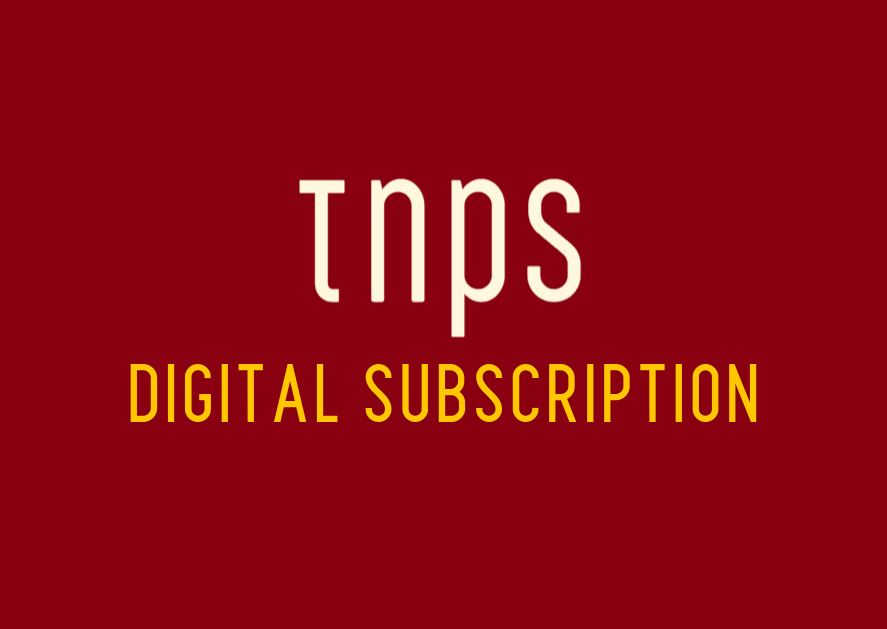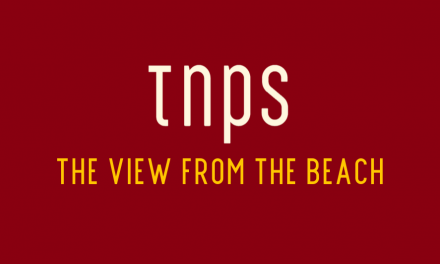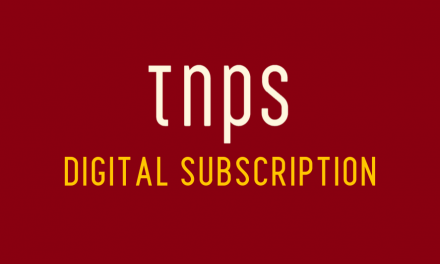The Q1, Q2 and Q3 Nextory reports told of increases of 61%, 58% and 68% respectively, or an average of 62%. No announcement was made for Q4 but the 2021 annual report told of 80%, so we can reasonably suppose around 20% of that came from the Nubico acquisition.
In recent years we have become accustomed to impressive quarterly percentage gains among the Big Three Sweden-based audiobook streaming platforms and for a while it seemed the next double digit growth quarterly report was as much a certainty as the sun rising in the east.
That is, until Q4 2021, when only Storytel issued a report, and that none too exciting. In fact so unexciting it would see CEO Jonas Tellander stand down.
From BookBeat and Nextory only a stony silence, although BookBeat’s parent company Bonnier did let slip in its annual report that BookBeat had seen 34% growth in 2021. That of course over four quarters, begging the question whether Q4 was a disappointment.
From Nextory a similar stony silence as the Q4 reports dates penciled onto my calendar passed with only Storytel’s legally-obligated report surfacing.
Then came the Nextory annual report in February, and it seemed we were back on track, with Nextory announcing an 80% subscriber boom over the course of 2021 and a 54% boom in catalogue size.
Unusually Nextory also shared that its catalogue was brimming over with 900,000 titles, meaning 480,000 new titles were onboarded in 2021.

But that 80% subscriber boom is not so clear cut. Because a percentage without a baseline could mean anything.
If Platform A had 100 subscribers and it increased to 180 subscribers that would be an 80% increase. If Platform A had 100,000 subscribers and increased that to 180,000 it would still be an 80% rise.
And for good measure if Platform A had 100 subscribers and added 80 to make an 80% increase, Platform B might have 1,000 subscribers and with just a 10% rise would have added 100 new subscribers – more new subscribers than Platform A with its 80% rise.
Without a baseline number all we can safely say is that Nextory’s subscribers are growing.
But to complicate comparisons still further, while BookBeat’s growth can be considered organic, counting new people signing up to the BookBeat service, Storytel has a record of boosting its subscriber numbers by acquisition, as for example buying out Kitab Sawti in 2020 and Audiobooks.com in 2021. By buying an existing platform Storytel not only acquires a new catalogue and a new market but also the subscribers list.
Ad of course those numbers are not broken down when the quarterly and annual reports come out.
In 2021 it was Nextory’s turn to take the acquisition route, and it did so in style, first buying Spain’s largest audiobook platform Nubico, then buying a leading platform in France, Youboox.
And while it’s too soon for the Youboox subscriber list to influence the percentage as reported, we can safely say the Nubico acquisition gave Nextory most of those 480,000 new titles that were ingested in 2021, and the Nubico acquisition will also have given Nextory’s annual subscriber count a healthy boost.
By how much? Shadi Bitar isn’t saying, but here’s food for thought.
The Q1, Q2 and Q3 Nextory reports told of increases of 61%, 58% and 68% respectively, or an average of 62%.
No announcement was made for Q4 but the annual report told of 80%, so we can reasonably suppose around 20% of that came from the Nubico acquisition.
Of course that ultimately leaves us none the wiser. Was that 20% 20 new subscribers on a 100 base line or 20,000 new subscribers on a 100,000 baseline or even 200,000 new subscribers on a 1 million baseline.
Without said baseline we just don’t know.
What we can know is that so far the investors who have been privileged to see the real numbers have been impressed. So much so that Bitar has been talking up the prospect of an IPO.
But as we’ve just seen with Storytel, inviting investment from stock investors rather than project investors carries its own risk.





